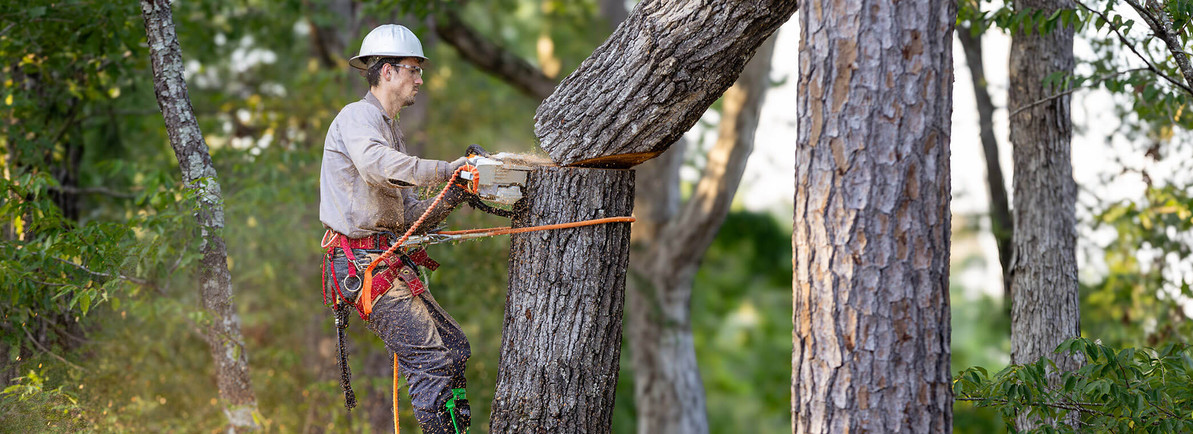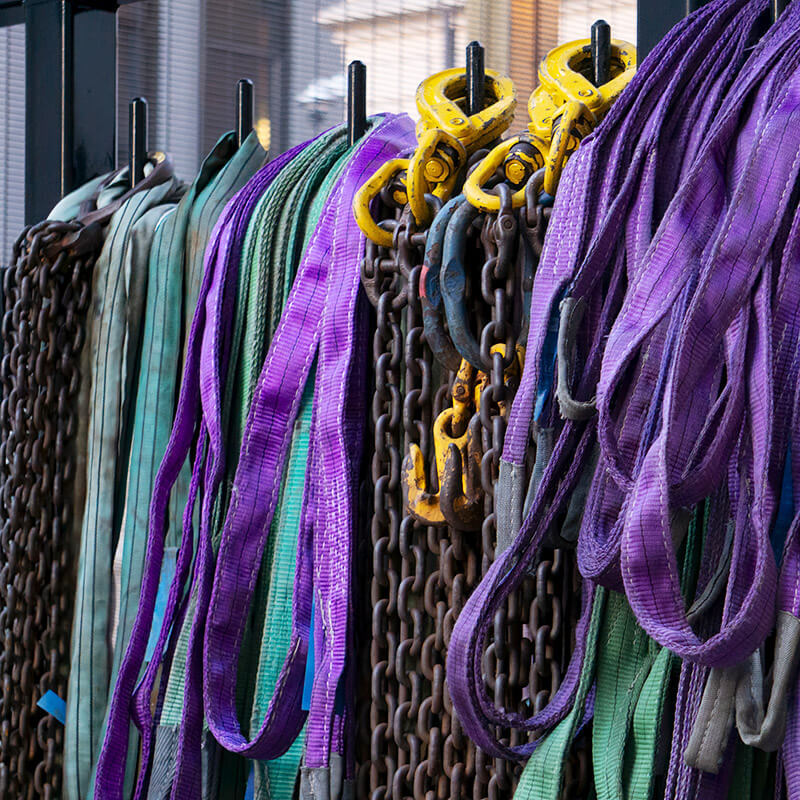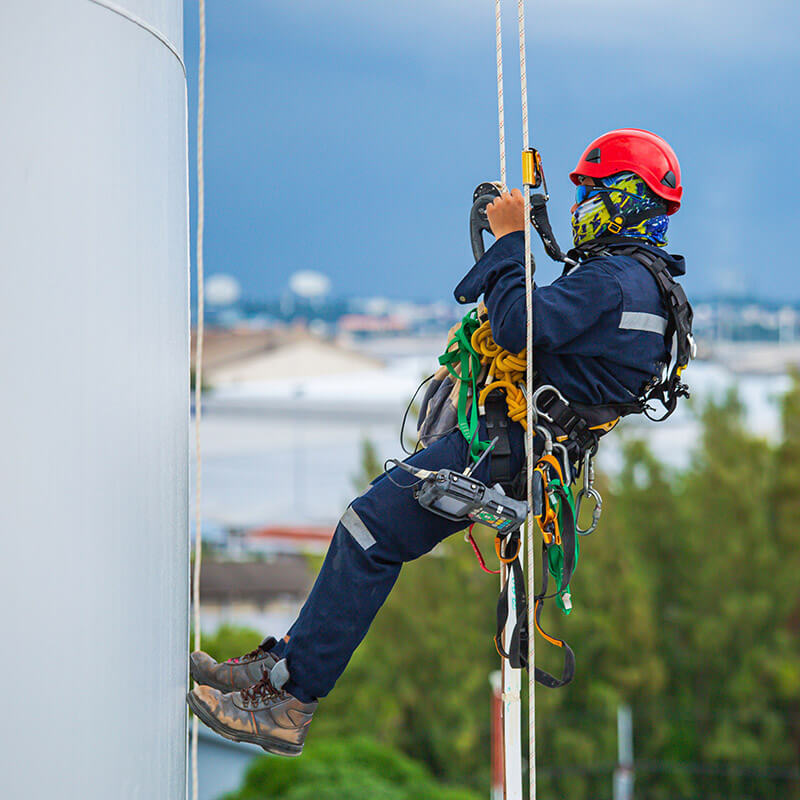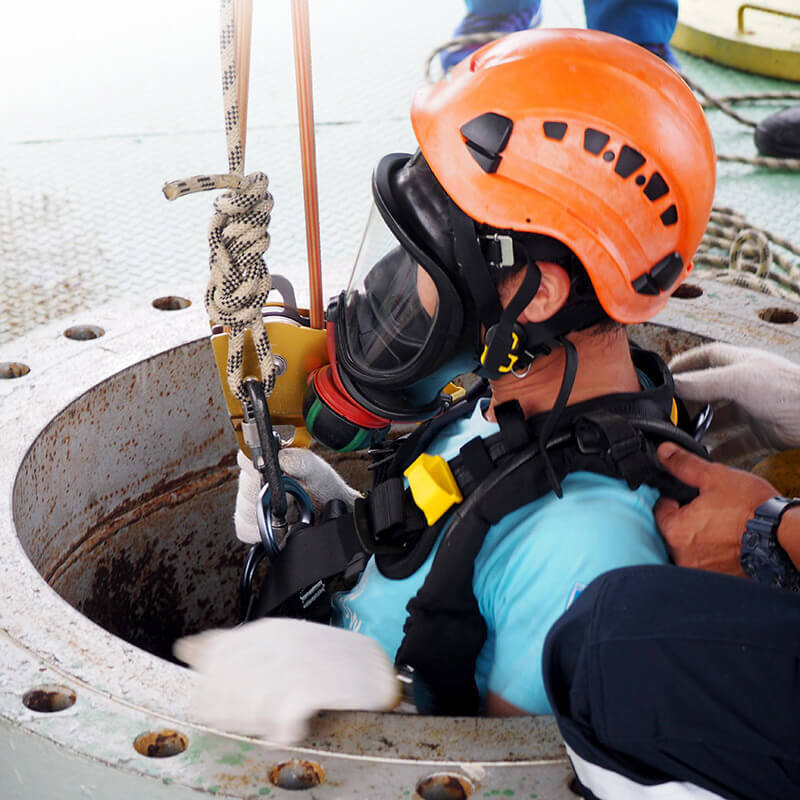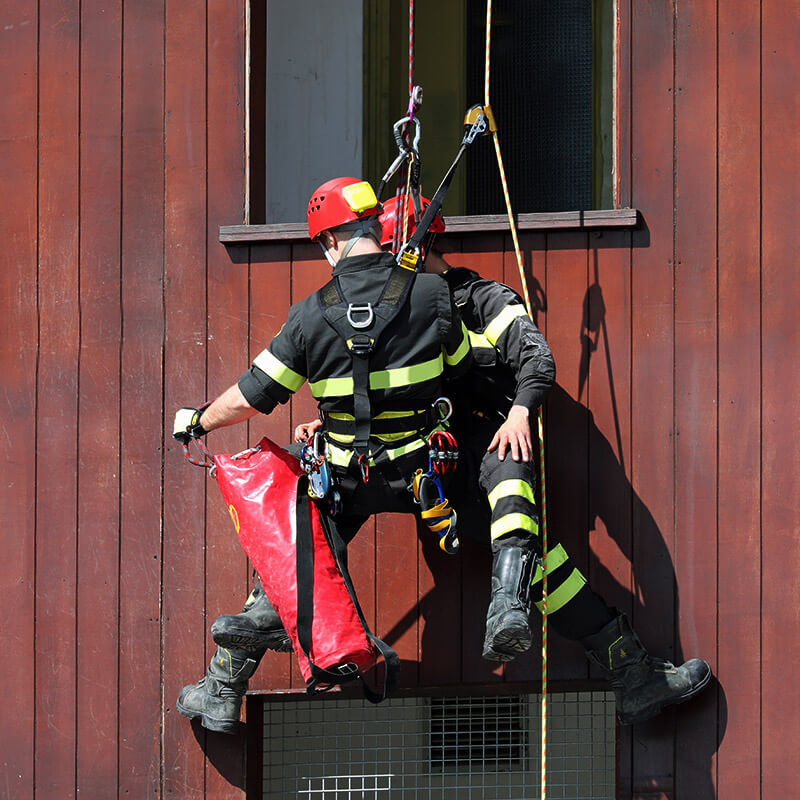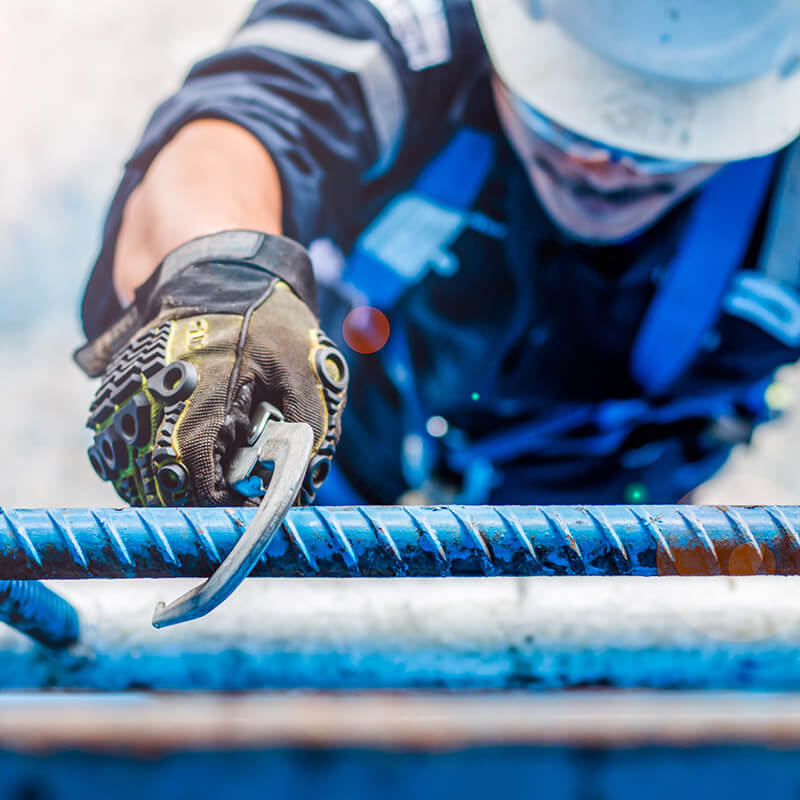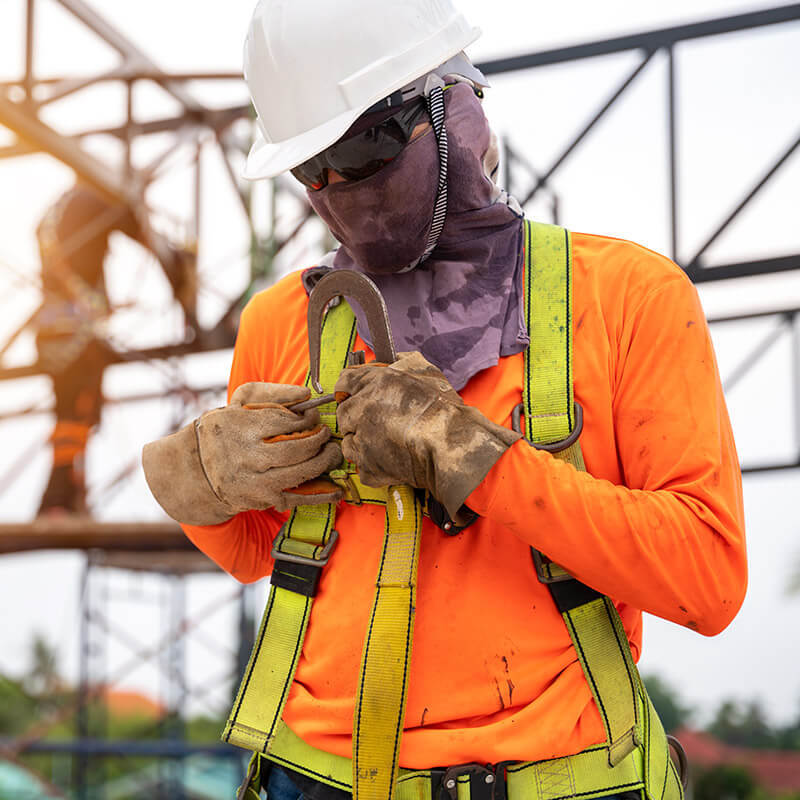What is a Tree Climbing Harness Called?
High in the canopies, professional arborists perform their work with precision and care. Central to their safety and mobility is a specialized piece of equipment—the tree climbing harness. Commonly referred to as an arborist harness, this tool is purpose-built for the challenges of tree work and is a key investment in both safety and efficiency.
Key Terminology
- Tree Climbing Harness – Also known as an arborist harness, tree harness, or climbing saddle.
- Bridge – The central attachment point for gear and movement control.
- Side "D" Rings – Designed for lanyard or flipline attachments for work positioning.
Why Arborist Harnesses Are Different
Tree climbing harnesses are engineered specifically for work positioning and maneuverability in trees. They are not the same as rock climbing harnesses or traditional fall arrest gear. Arborist harnesses prioritize lateral movement and rotational freedom, enabling climbers to position themselves effectively around a tree’s canopy.
Safety and Compliance Standards
When selecting a tree climbing harness, ensure it complies with industry safety regulations:
- ANSI Z133 – Arboricultural Operations Safety Standard.
- OSHA 1910 / 1926 – Fall protection and general industry safety requirements.
- ANSI/ASSP Z359 – Fall protection systems and equipment standards.
Products listed on Lifting.com are selected to meet or exceed these regulatory standards where applicable.
Evolution of Tree Climbing Gear
Early tree climbing involved simple rope systems and rudimentary seats. Today’s equipment features advanced ergonomics, breathable padding, and customizable attachment options. Innovations in design have improved safety, reduced fatigue, and increased climbing efficiency for professional arborists.
Key Features of a Tree Climbing Harness
- Work Positioning Bridge – Central connection point for climbing systems and gear.
- Side D-Rings – For attaching fliplines or lanyards.
- Tool Storage Loops – For quick access to carabiners, pruners, or saws.
- Adjustable Leg Straps – Options for sit-style or suspended leg loops.
- Breathable Padding – Reduces pressure points and increases comfort.
Choosing the Right Tree Climbing Harness
Here are the key factors to consider:
- Compliance: Ensure the harness meets ANSI Z133 and OSHA requirements.
- Climbing Style: SRT (Single Rope Technique), MRS (Moving Rope System), or traditional.
- Adjustability: Must accommodate seasonal clothing or additional layers.
- Fit: A well-fitted harness distributes weight and reduces fatigue.
- Work Environment: Match the harness to job requirements (rescue, pruning, removal, etc.).
Recommended Products from Lifting.com
We stock a wide range of professional-grade arborist harnesses and tree gear saddles that meet or exceed safety standards:
- Weaver Pinnacle Saddle – Lightweight and breathable with integrated gear loops.
- Notch Sentinel Harness – Ideal for SRT and MRS climbing systems.
- Buckingham Ergo Saddle – ANSI/OSHA compliant and designed for maximum comfort during long climbs.
Maintenance Best Practices
- Perform daily inspections before each use.
- Clean harnesses as per manufacturer guidelines to prevent premature wear.
- Store in cool, dry environments away from UV and contaminants.
- Replace components or the full harness when signs of wear or failure appear.
Buying Checklist
| Factor | Recommendation |
|---|---|
| Compliance | ANSI Z133, OSHA 1910, ANSI Z359 |
| Climbing Technique | SRT, MRS, or traditional |
| Fit and Comfort | Adjustable padding, leg loops, breathable materials |
| Attachment Points | Bridge, D-rings, tool loops |
| Durability | Reinforced stitching and weather-resistant fabric |
Conclusion
Investing in a quality tree climbing harness is essential for safety, comfort, and performance in the field. Arborist harnesses available at Lifting.com are chosen for their compliance, comfort, and reliability. Whether you're a seasoned arborist or a new climber, having the right gear ensures you're prepared for the challenges that lie ahead. We have all the tree climbing equipment you need ready to ship directly to you.
FAQs
- What is a tree climbing harness called?
- It is commonly referred to as an arborist harness, tree harness, tree climbing saddle, or safety harness for tree climbing.
- How has tree climbing gear evolved over time?
- Tree climbing gear has transitioned from basic rope systems to advanced, ergonomic harnesses with certified safety features, better weight distribution, and specialized attachments.
- What are the key features of a tree climbing harness?
- Key features include a work positioning bridge, side "D" rings, tool loops, leg strap variations, and breathable padding for comfort and safety.
- How does a tree climbing harness differ from rock climbing or fall arrest harnesses?
- Arborist harnesses allow for freedom of movement and stable work positioning. Fall arrest harnesses are designed for vertical drops; rock climbing harnesses prioritize minimalism and sport-focused movement.
- What factors should be considered when choosing a tree climbing harness?
- Key factors include body fit, climbing purpose (work, rescue, recreation), compliance with safety standards, comfort, and gear adaptability.
- What are the best practices for maintaining a tree climbing harness?
- Inspect before each use, clean as directed, store in a safe place, and retire gear when showing signs of damage.
- Where can one find the best tree climbing harness?
- Visit Lifting.com for a curated selection of ANSI and OSHA-compliant harnesses designed for arborist use.
- Are there tree climbing harnesses for different climbing techniques?
- Yes. Some are optimized for SRT (Single Rope Technique), others for MRS or traditional climbing. Choose based on your technique and climbing gear system.
What’s the Best Material for Rigging?
Dec 18th 2025
What Is the 10-Foot Rule for Rigging?
Dec 15th 2025
What Are the Different Types of Climbing Ropes?
Dec 11th 2025
What Type of Rope Is Best for Climbing?
Dec 9th 2025
What Are the Two Types of Kernmantle Rope?
Nov 25th 2025
What Is a Kernmantle Rope Used For?
Nov 21st 2025
What Is a Fall Protection Harness?
Nov 14th 2025
What are the four components of a PFAS?
Nov 7th 2025
Is Palmer Safety OSHA Compliant?
Nov 3rd 2025

